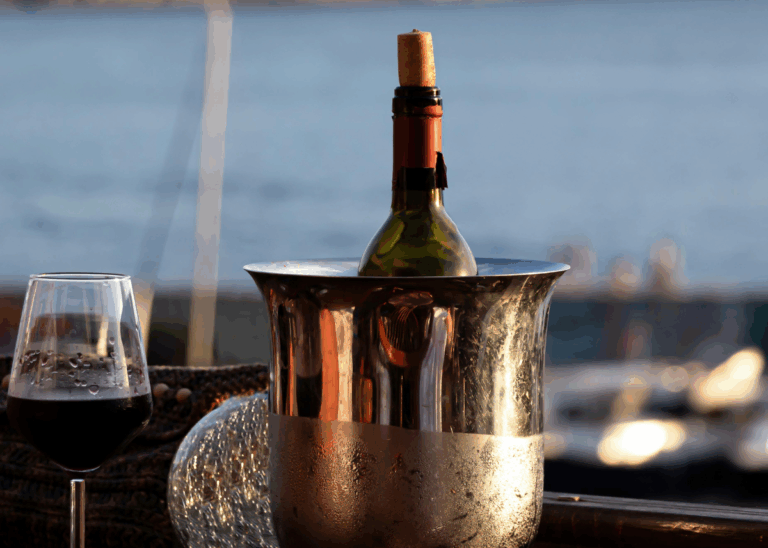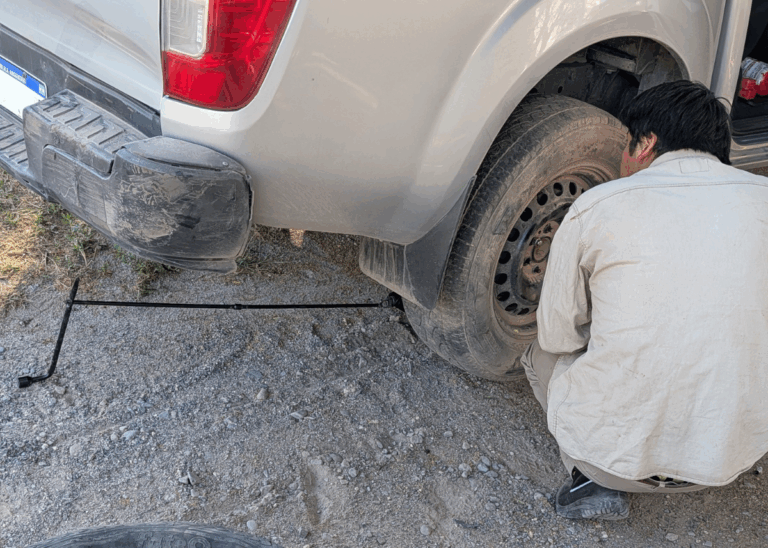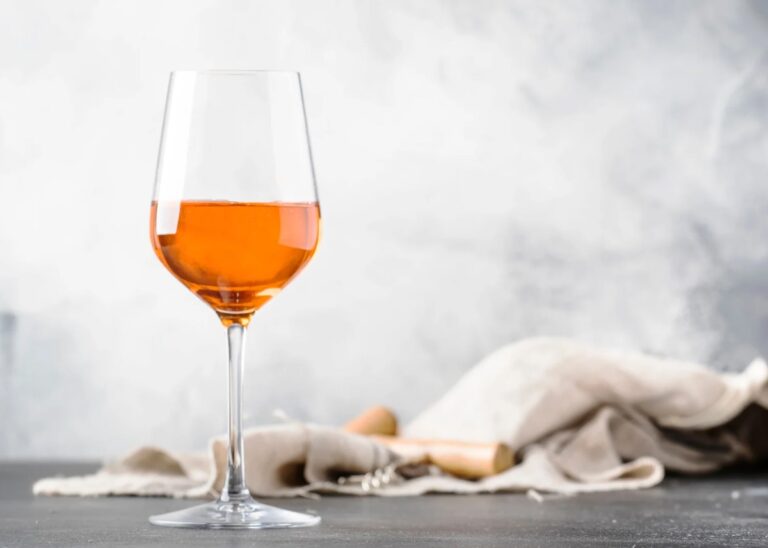[et_pb_section fb_built=”1″ _builder_version=”4.16″ _module_preset=”default” global_colors_info=”{}”][et_pb_row _builder_version=”4.16″ _module_preset=”default” global_colors_info=”{}”][et_pb_column type=”4_4″ _builder_version=”4.16″ _module_preset=”default” global_colors_info=”{}”][et_pb_video src=”https://youtu.be/lqsEVtOAMgU” _builder_version=”4.26.1″ _module_preset=”default” width=”75%” width_tablet=”85%” width_phone=”100%” width_last_edited=”on|phone” module_alignment=”center” global_colors_info=”{}”][/et_pb_video][et_pb_text _builder_version=”4.27.0″ _module_preset=”default” hover_enabled=”0″ global_colors_info=”{}” sticky_enabled=”0″]
We continue our “Wine in 5” series with… Barolo!
Here’s everything you need to know about “arguably the best” Italian appellation… Plus, how it stacks up against other regions we’ve covered, considering quality, prestige, rarity, and more…
Transcript:
00:00:00:00 – 00:00:25:13
Hello, bonjour, and welcome to your new Bonner Private Wines video where we learn together everything that you need to know about wine, weekly. I’m your host, Julien, Bordeaux trained winemaker. And today we’re continuing our “Wine in Five” series. Five things that you absolutely need to know about all the top wine appellations around the world. Five things that you possibly didn’t know about them in about five minutes.
00:00:25:13 – 00:01:05:23
Let’s see how we go about fitting everything in five minutes. In previous episodes, we looked at a Bordeaux region and a Spanish. Today, I want to take you to beautiful Italy and look at arguably the best of all Italian wines, but also one of the less understood or least understood wine appellation from Italy, namely, Barolo. Don’t forget, at the end of the video, we’ll rate Barolo on our World Wine Appellation leaderboard to see how it ranks in the wide world of wine and reveal the most expensive ones that you should probably taste before you die.
00:01:06:00 – 00:01:31:15
So stay tuned. While they whine, we wine.
00:01:31:17 – 00:01:58:05
Remember that if you know those five facts about Barolo, you can definitely claim that you are a wine connoisseur on your way to become an expert. So it’s important that you follow along. Barolo is a small medieval village in the northern region of Italy called Piedmont, or Piemonte, as the Italians would say. The wine appellation of Barolo surrounds the village of Barolo, but it covers, in fact, 11 tiny villages around it.
00:01:58:05 – 00:02:20:14
We are just south of the more locally significant and renowned town called Alba. So overall we’re talking about quite a small vineyard area. These ones are not only really good, they’re rare. As we’ll get back to and talk about in just a minute.
00:02:20:16 – 00:02:49:12
What makes Barolo special in the world of wine is twofold. First, the grape used here is called Nebbiolo. And if you’ve never heard of Nebbiolo, maybe outside of Barolo, well, it’s because it’s literally only grown in that very tiny part of Italy. It’s grown in Barolo, also in next door’s appellation and village called Barbaresco, which we’ll talk about in future videos in a little more.
00:02:49:14 – 00:03:20:20
Also around Alba, where it’s called the Nebbiolo Alba. But virtually nowhere else is, in the entire universe, grows Barolo successfully. And that’s because it needs a very specific terroir to make fine wine. A warm climate, but not too warm, which we have here because there is some altitude in this hilly part of northern Italy. And you need a very limestone rich soil, which we have and which is really rare in the world.
00:03:20:20 – 00:03:30:01
We have in Barolo, one of the richest limestone content soil on the planet.
00:03:30:03 – 00:03:57:24
Let’s go with keywords here to describe a revenue to keep it concise. Barolo is red. It’s dense, concentrated wine, but not hugely tannic. In fact, Barolo wines are often considered lighter in style than bigger wines from Bordeaux or Tuscany, or California or Argentina, for example. It’s in fact been called the Italian Burgundy wine, bigger than Pinot noir from Burgundy, admittedly, but still very, very elegant.
00:03:57:24 – 00:04:33:01
Typical flavors, if you want to recognize it at a blind tasting, are going to be a combination of a sharp cherry and aromas, together with rose petals and some licorice, perhaps some truffle. In an old example, the signature Nebbiolo characteristic is a strong aroma of tar like warm bitumen that covers a newly paved road. Signature Nebbiolo. You can tell it’s Nebbiolo if you smell tar.
00:04:33:03 – 00:05:09:19
Barolo. Those are fine wines that age for a very long time, some 20 odd years or more. So ideally it needs to be around at least ten years old to reach its full potential. The finest vintages, all the cold ones like 2013 or 16, for example, as it is, leave a bit more finesse and acidity. Although thanks to overall the cold limestone soils all vintages tend to be good in Barolo. Food pairing is very easy since it’s quite a powerful wine in flavors yet refined, so you can go with bold food flavors prepared as subtle gastronomy.
00:05:09:24 – 00:05:22:06
My ideal suggestion a Fiorentina steak just grilled on a creamy truffle risotto.
00:05:22:08 – 00:05:51:18
And the three most expensive Barolo wines to try. If you ever get a chance before you die, you should. Bucket list Barolos are Giacomo Conterno’s Monfortino Riserva, a legendary cult producer of Barolo, the most iconic winery., and this is their flagship wine produced only in the very best vintages and aged for at least seven years in large oak vats that sells at around $1,500 a bottle on average.
00:05:51:18 – 00:06:34:23
Second is the Cappellano Otin Fiorin Pie Franco, made by another revered producer from an extremely old ungrafted small vineyard that makes this ultra, ultra fine Barolo at about $1,000 a bottle. Third is Roagna Pira Riserva, a special cuvée only made also in exceptional vintages. Very, very delicious, selling at $750 a bottle. Time for us now to rate Barolo so we can compare it to other prestigious wines in the world in the future on our Bonner Private Wine appellation leaderboard.
00:06:35:00 – 00:06:58:12
Quality is very high in Barolo, as we said, some of the finest wines in Italy. But being such a small appellation, producers are also small and they don’t get the advantages that come with being able to blend different grapes and terroirs, like in Bordeaux or Rioja, for example. And vintages can have some variations and inconsistency in style. It gets a nine out of ten.
00:06:58:14 – 00:07:20:18
Prestige is also very high. People who know Barolo will recognize that you are pouring them something very special. If you pop one open at a dinner party, but everybody doesn’t know as much about Barolo as you do after watching this video. And Barolo’s fame is only as far reaching as wine connoisseurs go. It gets an eight out of ten.
00:07:20:18 – 00:07:45:12
Prices of Barolo wines are pretty high. They don’t go as high as some of the crazy prices of Burgundy or top chateaux of Bordeaux, but so many fine examples from top producers are just as pricey as many Burgundy’s, top Napa’s and so on. So it gets another nine out of ten. Barolo wines are pretty scarce. The appellation is small and many producers are tiny.
00:07:45:15 – 00:08:12:16
Barolo is just not a big area at all. You can’t find Barolo, so most good wine shops will have one. At least it’s 11 villages, not just one likes some villages in Burgundy, so it’s not that rare. A nine out of ten. Affordable Barolos are hard to come by. You’d have to spend at least $60 for a decent bottle representative of the style, usually more.
00:08:12:18 – 00:08:37:03
And for that money you get a wine scored around the 90 out of 100 point mark, which is not very good value if you compare it to the south of France or the parts of Italy, Spain, Portugal or South America, but you still get a relatively rare handcrafted wine with great aging potential. So I’ll settle on a seven out of ten here. And you’ve made the calculation yourself.
00:08:37:03 – 00:09:04:00
Our grand score is 42 out of 50 points. Barolo takes the lead on our leaderboard. This is our third appellation on our leaderboard. But if you want to see how wines like Margeaux and Chateauneuf du Pape, Burgundy or Napa wine that we’ll cover in the future, and other Italian wines like Barbaresco compare, make sure to subscribe to the channel and please like this video to help us make more content like this.
00:09:04:00 – 00:09:19:07
Drink safe and tasty and I will see you soon in the wonderful world of vino. Cheers!
[/et_pb_text][/et_pb_column][/et_pb_row][/et_pb_section]



